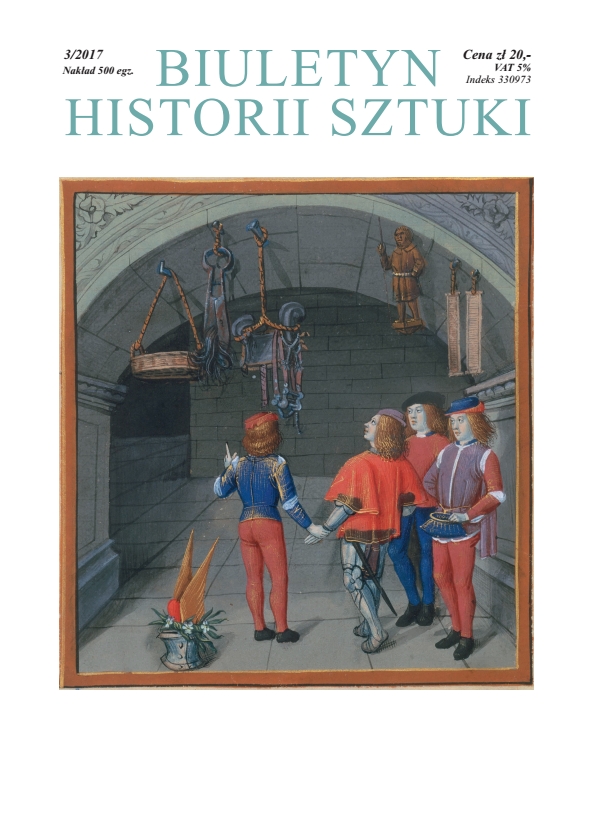Wjazd do Warszawy Aleksandra I 12 listopada 1815 pędzla Charlesa Santoire’a de Varenne’a (1817).
Entry into Warsaw of Alexander I on 12 November 1815. Charles Santoire de Varenne (1817).
Beginnings of Warsaw academism and the government propaganda of the Kingdom of Poland (1815-30)
Author(s): Mikołaj Getka-KenigSubject(s): Architecture, Visual Arts
Published by: Instytut Sztuki Polskiej Akademii Nauk
Keywords: Art of the Kingdom of Poland (1815-30); government propaganda; Warsaw academism; Artistic academic education; Triumphal arch; Alexander I Romanov; Charles Santoire de Varenne, Aleksander Jan Norblin;
Summary/Abstract: Mikołaj Getka Kenig, Entry into Warsaw of Alexander I on 12 November 1815, by Charles Santoire de Varenne (1817). Beginnings of Warsaw academism and the government propaganda of the Kingdom of Poland (1815-30). The art of the constitutional period of the Kingdomof Poland (1815-30) continues to be a relativelyscarcely identified research field, despite it havingconstituted such an important stage in the Polishhistory of the phenomenon called artistic modernity.It is precisely over that period that modern forms ofartistic life developed, such as academic education,public exhibitions, criticism in the media (press),and patronage of state bureaucratic institutions. Thiswas a situation unprecedented on the entire territoryof the former Polish-Lithuanian Commonwealth.The reasons for this topic not being exceptionallypopular with scholars can be found in e.g. substantiallosses that artistic objects from the period havesuffered, destroyed or dispersed due to the uprisingsand persecutions during the partitions, as well as thewar turmoil in the 20th century. One of the mostinteresting and unjustly forgotten works that sufferedsuch oblivion was the 1817 canvas by CharlesSantoire de Varenne Entry into Warsaw of HisMajesty Alexander I Emperor of All the Russias Kingof Poland on 12 November 1815, in the 19th centuryin the collection of the Warsaw Town Hall, where itmay have remained even until the end of WW I.However, in the 20th century its whereaboutsremained utterly unknown, and today it is only knownfrom the 1829 lithograph by Ludwik Horwart. Joseph Claude Vernet.s disciple, Varenne was aprotégé of the Minister of Enlightenment Stanis³awKostka Potocki who selected him to be the firstprofessor of painting at Warsaw University (foundedin 1816). The discussed painting bought by thegovernment of the Kingdom of Poland in 1817, hadbeen produced directly prior to his appointment andmay have served as an opportunity for displayingVarenne.s skills as author of multi figural historicalscenes (namely the most important subject of theartistic academic education at the time). If only forthis reason, it should be regarded as an importantepisode in the history of the Warsaw (and thereforePolish, too) academism. However, the work was alsoimbued with a clear propaganda character, servingthe interests of the Kingdom: it glorified RussianEmperor Alexander I as the .resurrector. of Polandafter the partitions, making the Emperor the focus,and not the constitution he had granted to Poles,which was to serve as the foundation of hisgovernance. Therefore, the case of Varenne.spainting adds to our knowledge of the politicalcontext for the activities of the constitutionalgovernment in the Kingdom of Poland as far asmodernizing of the local artistic life is concerned.Translated by Magdalena Iwińska
Journal: Biuletyn Historii Sztuki
- Issue Year: 79/2017
- Issue No: 3
- Page Range: 509-523
- Page Count: 15
- Language: Polish
- Content File-PDF

